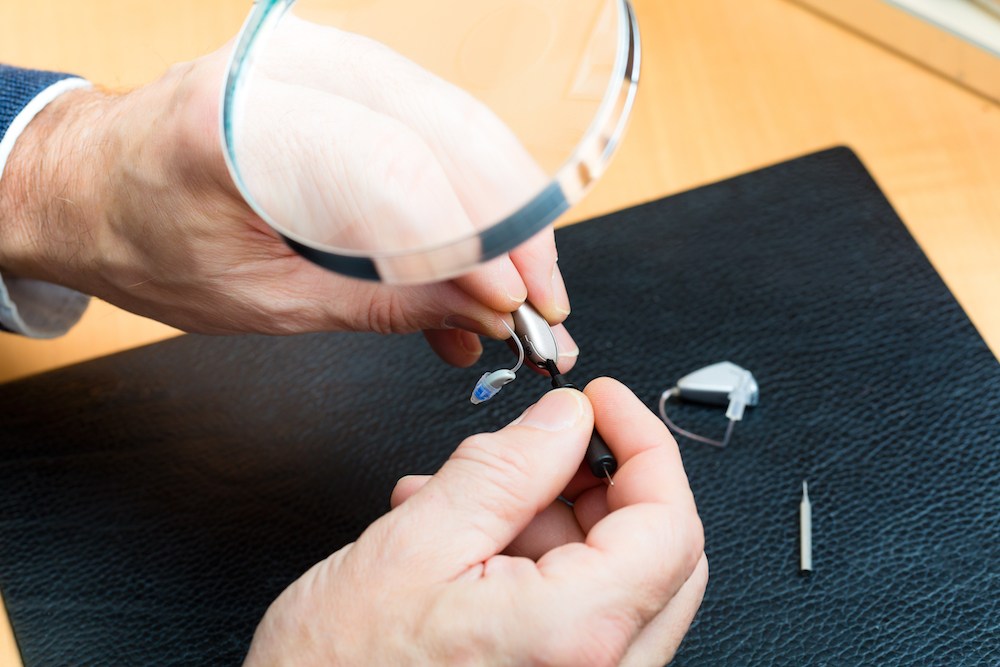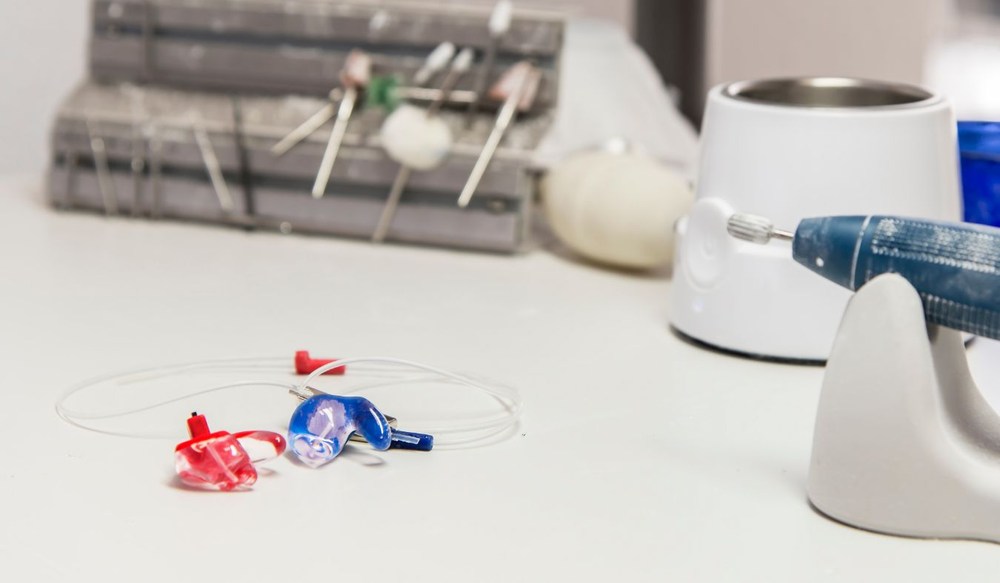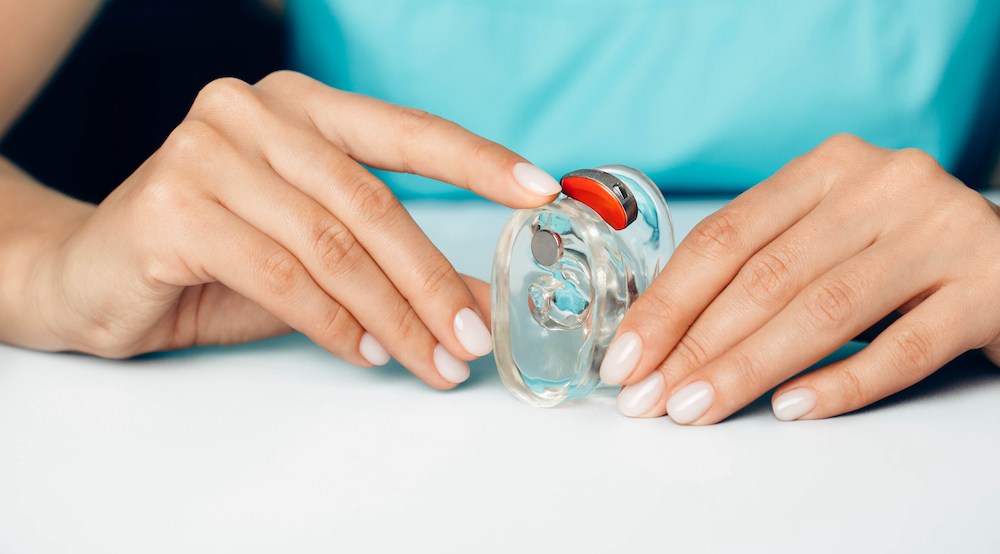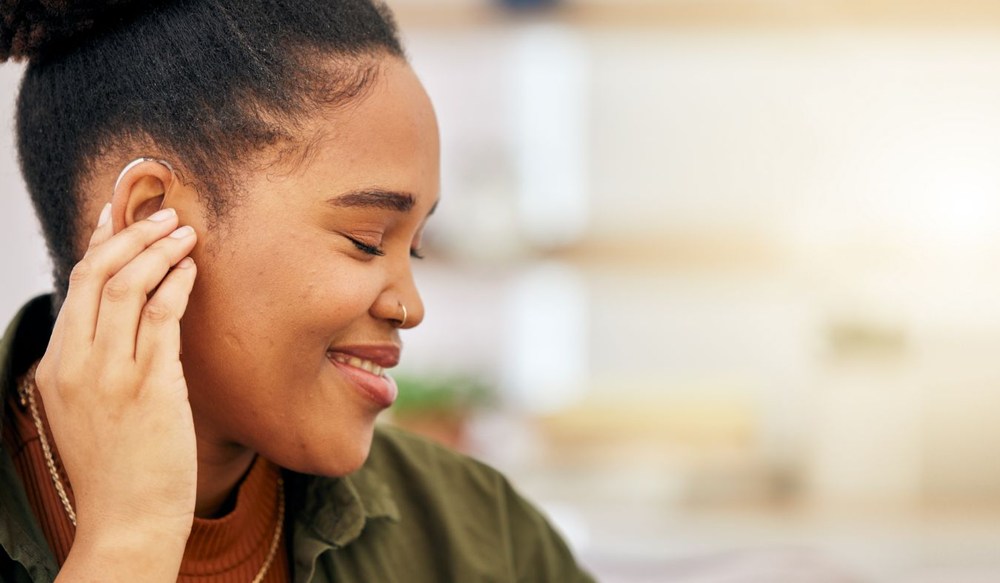Protecting Your Hearing During Summer Sports
Summer brings a lot more noise into your life than you might realize.
Walk In Cleaning Clinic: Come in on Mondays, Wednesdays, Thursdays, or Fridays anytime between 1 – 2pm for our walk in cleaning clinic!

If you’re an active person who wears hearing aids, you might be thinking about how to juggle your energetic lifestyle with the needs of your hearing devices. Don’t worry, it’s a common question, and with the right tactics, you can get the most out of your workouts without sacrificing clear communication or sound awareness. Simple steps like using moisture-resistant covers and securing your hearing aids with clips can make a big difference during intense exercise. Additionally, many modern hearing aids are designed to handle active lifestyles, offering features like wind-noise reduction and water resistance. With a little extra care, you can enjoy all the benefits of staying active while keeping your hearing aids safe and functioning optimally.
Exercise plays a crucial role in keeping your entire body healthy, and that includes your auditory system. When you engage in physical activity, your heart pumps more efficiently, delivering oxygen-rich blood to various parts of your body, including your ears. This enhanced blood flow nourishes the hair cells in the cochlea, which are responsible for converting sound vibrations into electrical signals that your brain interprets. These cells are vital for hearing, and regular exercise helps ensure they get the nutrients they need to function well. In fact, healthy circulation can help protect against hearing loss that can develop from damage to these cells over time.
Beyond just the ears, exercise contributes to overall well-being by improving cardiovascular health, reducing stress and maintaining a balanced immune system – all factors that support your auditory system. High blood pressure, diabetes and obesity, for example, are all linked to an increased risk of hearing loss. Regular physical activity helps manage these conditions, keeping your body in balance and reducing the strain on your auditory system. Additionally, staying active can improve balance and coordination, which is beneficial for the vestibular system located in the inner ear, responsible for maintaining equilibrium. By prioritizing both your physical fitness and hearing wellness, you are investing in your long-term health from head to toe.
Wearing hearing aids while exercising can significantly enhance your workout experience, especially when it comes to staying connected with your surroundings. For those with hearing loss, maintaining awareness of external sounds during physical activity is crucial for safety. Whether you’re running outdoors, cycling or working out in a group fitness class, hearing aids help you stay attuned to important environmental cues, like approaching traffic, instructions from trainers or the sounds of your workout partner. This heightened awareness not only improves safety but also fosters a greater sense of confidence while exercising.
Hearing aids also allow you to fully enjoy the social aspects of working out. Group fitness classes, gym sessions and outdoor sports often involve communication with others and hearing aids ensure you don’t miss important cues or instructions. Whether you’re listening to a fitness instructor or chatting with a workout partner, hearing aids help you stay engaged and connected. This social interaction can boost your motivation and make your workout experience more enjoyable, allowing you to focus on achieving your fitness goals without feeling isolated or disconnected from the group.
Another benefit of using hearing aids during exercise is the improved quality of your workout itself. Many modern hearing aids come with features that enhance sound clarity, reduce background noise and adapt to various environments. These features can be especially helpful in noisy settings like gyms or outdoor areas, allowing you to focus more on your exercise routine. With better sound clarity, you’re able to follow along with music, fitness apps or virtual workout programs without straining to hear, which can enhance your overall workout experience and help keep you on track with your fitness goals.
Sweat and moisture are common issues when working out with hearing aids. Too much moisture is one of the main reasons for hearing aid repairs. But don’t worry, there are practical solutions to protect your devices during workouts. Using a dehumidifier at night can reduce the moisture in your hearing aids. Plus, some modern hearing aids are designed with sweat-resistant features to withstand active lifestyles. If you often do high-intensity workouts, these types of devices might be worth thinking about.
Protecting your hearing aids from excessive sweat is essential for keeping them in good working order, especially during intense workouts. Sweat can infiltrate the delicate internal components of your hearing aids, leading to potential damage, reduced sound quality or even device malfunction. To minimize the impact of moisture, consider investing in sweat-resistant covers specifically designed for hearing aids. These covers act as a barrier, keeping sweat away from sensitive parts while still allowing the devices to function properly. After your workout, make it a habit to clean your hearing aids with a dry cloth or specialized wipes to remove any lingering moisture and prevent buildup over time.
In addition to protective covers and regular cleaning, you can take other steps to protect your hearing aids during workouts. For particularly sweaty activities, like high-intensity cardio or outdoor exercises in hot weather, you might consider removing your hearing aids temporarily and storing them in a dry, safe place. If removing them isn’t an option, using retention clips or sports headbands can help keep them secure and reduce shifting during vigorous movements. It’s also helpful to use a hearing aid dehumidifier after exercising, which will dry out any moisture that may have seeped in. With a combination of prevention and post-workout care, you can effectively protect your hearing aids from the effects of sweat, ensuring they remain reliable during your active lifestyle.
Gyms are often full of different sounds, which can be overwhelming if you’re using hearing aids. But there’s no need to worry! Modern hearing aids come with features designed specifically for noisy environments. They have noise reduction capabilities that help filter out background noise, letting you focus on the sounds you want to hear. You can adjust your hearing aid settings, use directional microphones or consider using assistive listening devices to handle gym noise. Also, keep in mind that communication is key when working out safely and effectively, especially if you’re taking part in group classes or getting instructions from a trainer.
When engaging in intense physical activity, keeping your hearing aids secure is essential to ensure they stay functional and safe. The rapid movements associated with exercise, like jumping, running or lifting weights, can cause your hearing aids to shift, which may interfere with sound quality or even lead to them falling out. One way to prevent this is by using hearing aid clips or retainers. These small accessories attach to your hearing aids and secure them to your clothing or body, offering added stability and peace of mind during your workout.
In addition to clips and retainers, you might also consider sweatbands or specially designed sports headbands, which can help absorb sweat and keep your hearing aids in place by providing additional grip. Some hearing aids come with features that make them better suited for active lifestyles, like water and sweat resistance, but using accessories ensures they stay secure during more vigorous movement. Properly fitted hearing aids are also less likely to move during activity, so regular check-ups with your hearing care provider to adjust their fit can help keep them snug. By taking these precautions, you can stay focused on your fitness goals without worrying about the security or performance of your hearing aids.
There are numerous accessories designed to help protect your hearing aids and support your active lifestyle. For those who engage in high-intensity workouts, protective covers are a great solution to shield your devices from sweat, dust and moisture, which can impact their performance. These covers are typically made from water-resistant materials, ensuring that your hearing aids remain dry even during the most strenuous activities. They also provide an added layer of protection from debris, making them ideal for outdoor sports and exercise.
Clips and retainers are another useful accessory for securing your hearing aids during movement-heavy routines. These attach to your hearing aids and secure them to your clothing or body, preventing any accidental falls or displacement. Additionally, a hearing specialist can help you identify the best accessories for your needs, offering personalized advice based on your workout habits. They can recommend options like sweat-resistant coatings, custom earmolds for a more secure fit or devices specifically designed for active wearers.
Just like your body benefits from a proper cool down after a tough workout, your hearing aids also need some attention to ensure they stay in optimal condition. After an intense exercise session, sweat and moisture can build up in and around your hearing aids, potentially impacting their performance. Taking a few minutes to clean them can prevent any long-term damage and keep them functioning effectively. Start by wiping your hearing aids with a soft, dry cloth to remove any sweat or debris. If your hearing aids have sweat-resistant covers, remove and clean those as well to ensure they stay fresh and ready for the next workout.
Additionally, it’s important to regularly check and clean the microphone ports and receiver openings, as sweat and dirt can accumulate in these sensitive areas. If moisture buildup is a concern, consider using a dehumidifier or a hearing aid drying box to thoroughly dry your devices after each use. This simple routine can extend the life of your hearing aids and keep them performing at their best. Just as you prepare your body for the next workout by cooling down and rehydrating, a little aftercare for your hearing aids will ensure they’re ready to deliver clear sound and reliable performance the next time you hit the gym.
Deciding when to take off your hearing aids during a workout depends on the type of activity and the conditions you’re exercising in. For high-intensity workouts that cause excessive sweating, it’s often a good idea to remove your hearing aids. Sweat can infiltrate the sensitive components of your devices, leading to moisture damage, which may affect performance over time. In these cases, either removing them or using sweat-resistant covers can be an effective way to protect your hearing aids while you stay active.
When engaging in water-based activities, like swimming or water aerobics, it’s essential to take off your hearing aids entirely. Even water-resistant models aren’t designed to handle full submersion, and prolonged exposure to water can cause serious harm. Similarly, if you’re working out in environments with a lot of dust, dirt or sand – like outdoor trails or sandy beaches – it’s best to remove your hearing aids. Dust and debris can clog the microphone and receiver, reducing sound clarity and potentially damaging your devices. By recognizing when it’s appropriate to take off your hearing aids, you can protect them from harm and ensure they last as long as possible.
Staying active while managing your hearing aids doesn’t have to be difficult. With the right tactics and precautions, you can enjoy your workouts without compromising on sound quality or device safety. At Better Hearing of Madison County, we’re here to provide personalized advice based on your specific exercise routine and lifestyle. If you’d like more information or want to schedule a consultation with us, don’t hesitate to reach out at our Oneida, NY location using the phone number (315) 693-3637. We look forward to helping you improve both your fitness journey and hearing wellness!

Summer brings a lot more noise into your life than you might realize.

When you’re choosing hearing aids, you want devices that help you

Your hearing aids are more than just devices – they’re your